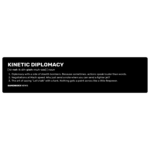How Charles Lindbergh helped American pilots fight the Japanese in WWII
- By George Hand
Share This Article
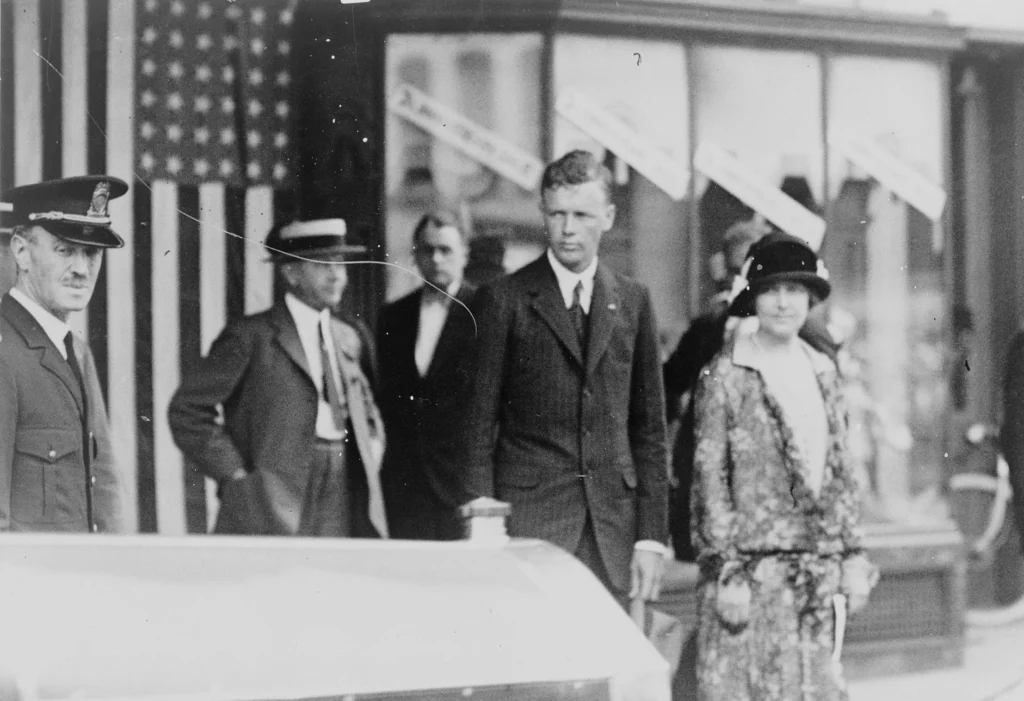
Most of us recognize American aviation hero Charles Lindbergh as the innovative young pilot who affected the maiden non-stop transatlantic voyage in 1927. His politics notwithstanding, he was a hero in his field who went on to make a monumental contribution in aviation during WWII with some lesser-known events/
During the Pacific War, Charles was invited to embed himself with America’s 475th Fighter Group to help the pilots solve a particular problem: At the time, the group was flying long range missions out of New Guinea against Japanese targets scattered throughout the area. However, many fighters were being ditched at sea as they were running out of fuel on return trips from strikes on Japanese-held land targets.
Lindbergh was checked out in the dominant fighter of the 475th: the Lockheed P-38 Lightning. His opening statement to the pilots of the fighter wing was that he could effectively teach them to fly their fighters in such a way that they could save as much as 30% fuel. This would allow them to reach some 200 miles farther than the current target sets they were engaging, meaning that targets previously deemed out of reach would now be within their scope of attack.
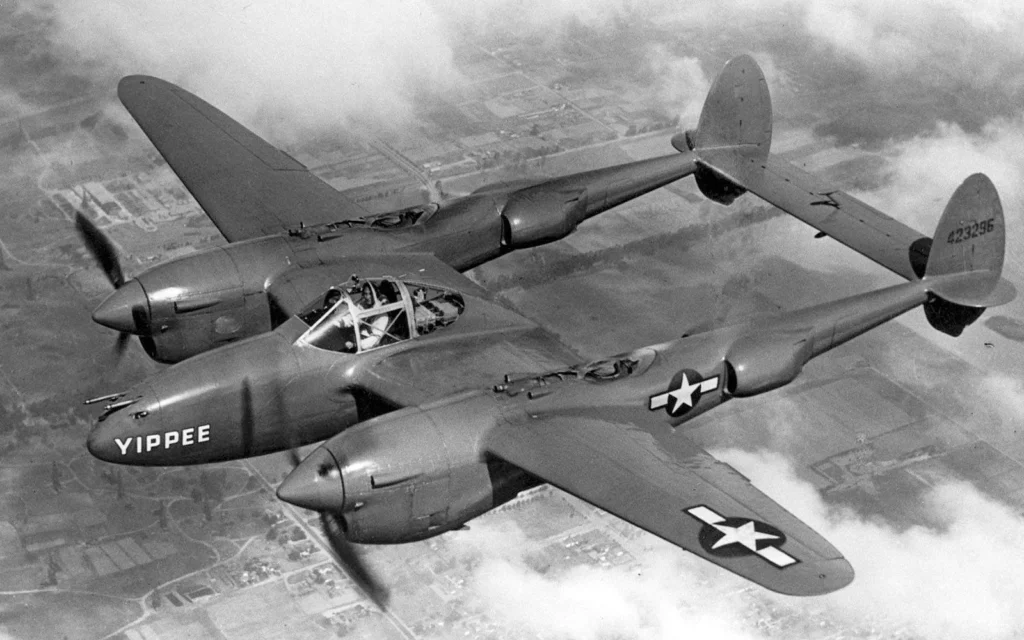
His immediate instruction to the pilots, most of whom were 25-years-old and younger was to change the cruising settings to the Allison V-1710 engines that powered the P-38 to specifically a low 1600 Revolutions Per Minute (RPM), auto lean rather than auto rich fuel mixture setting, and adjust their manifold pressures down to match RPMs. All of this was in direct contrast to the P-38’s Allison engine flight manual, a fact that one young pilot was quick to point out:
“The flight manual says low RPMs with high manifold pressure causes detonation.”
“Everything you were taught is wrong,” Lindberg was quick to retort.
Putting his money where his mouth was, Charles Lindberg offered to fly missions with the 475th to demonstrate his claims of better engine efficiency. And so it went that at the end of several demonstrative flights with the P-38, Lindberg consistently returned to base with a 30% fuel savings over what all of the other pilots.
The maximum duration of routine flight missions was seven hours. At the end of such a flight, Charles returned with enough fuel to conduct an additional two hours of flying. That was it! After that point, the other pilots began to make operational flights using Lindbergh’s proposed engine adjustments and all returned with a relatively equal economy of fuel as Charlie.
There was considerable controversy with the 475th allowing a civilian to fly combat operations. He was not actively engaging targets, only observing…. but he was there in harms way with the rest of the pilots. The situation was illegal by military law. Until someone ordered him back to the U.S., Charles Lindbergh vowed to remain with the 475th in New Guinea flying combat sorties and advising the wing pilots on the most efficient means of flying.
Related: Japan planned to launch biological attacks on California with submarine-borne planes
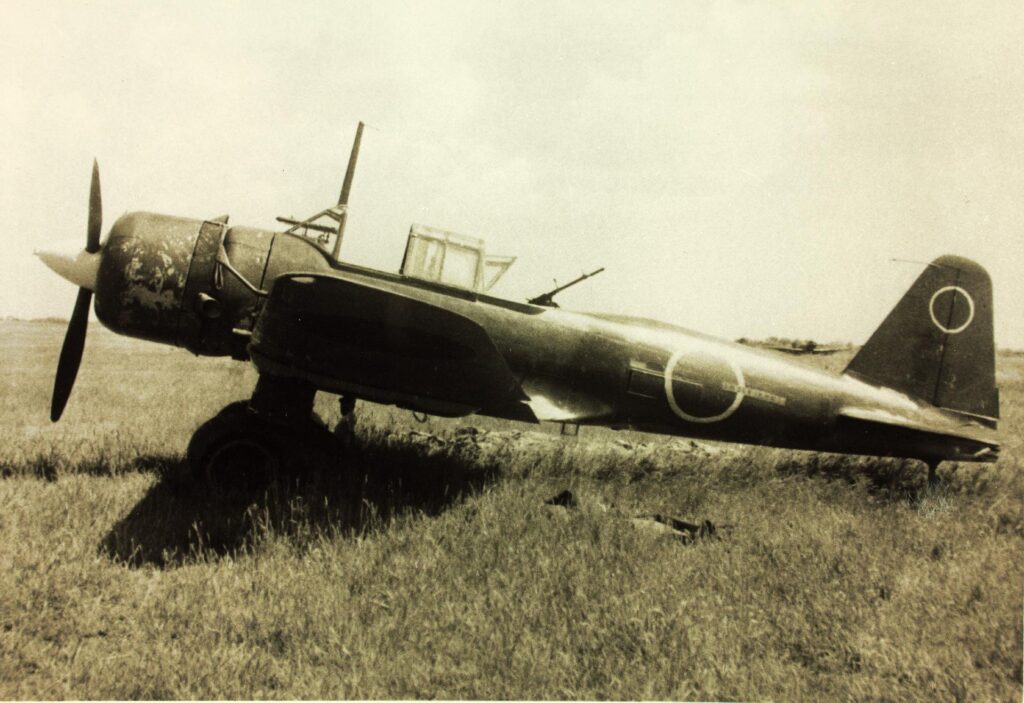
Then there came the day when Lindbergh was on a routine mission with the 475th flying wingman with the unit’s most experience pilot. The formation came under attack by a group of Japanese fighter aircraft. Charles maintain station as wingman, staying out of the way of the attacking aircraft.
But, inevitably, Charles finally fought back against the Japanese, when, after maneuvering to avoid a Japanese Mitsubishi Ki-51 “Sonia” fighter, it came down to a head-on approach by the Sonia that left Lindbergh with no course of action other than to return fire. The overwhelming firepower of the P-38 sent the Japanese fighter smoking and spiraling into the sea.
Though congratulations were in order for Charle’s first aerial victory, he was finally sent back to the U.S., thus ending his days as aviation advisor to the American Army Air Corps.
By Almighty God and with Honor,
geo sends
Feature Image: Charles A. Lindbergh and his mother leaving church in the Washington, DC area. (National Photo Company/Library of Congress)
Read more from Sandboxx News
- FN’s MTL-30 wins the Army’s Precision Grenadier contest for a next-gen grenade launcher
- Can older candidates make it through special operations selection?
- Russia announces successful test of nuclear-powered cruise missile – but don’t believe that just yet
- Ukraine plans to place largest order in history for a jet specifically designed to take on Russia
- Which service did best in the military recruiting boom? The numbers are in
Related Posts
Sandboxx News Merch
-
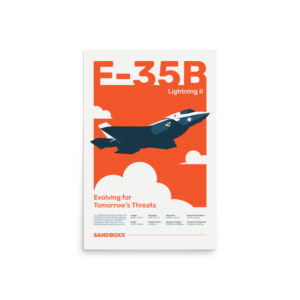
F-35 ‘Evolution’ Poster
$22.00 – $28.00Price range: $22.00 through $28.00 Select options This product has multiple variants. The options may be chosen on the product page -

A-10 ‘Thunderbolt Power’ Framed Poster
$45.00 – $111.00Price range: $45.00 through $111.00 Select options This product has multiple variants. The options may be chosen on the product page
George Hand
Master Sergeant US Army (ret) from the 1st Special Forces Operational Detachment-Delta, The Delta Force. In service, he maintained a high level of proficiency in 6 foreign languages. Post military, George worked as a subcontracter for the U.S. Department of Energy (DOE) on the nuclear test site north of Las Vegas Nevada for 16 years. Currently, George works as an Intelligence Analyst and street operative in the fight against human trafficking. A master cabinet-grade woodworker and master photographer, George is a man of diverse interests and broad talents.
Related to: Military History, Pop Culture
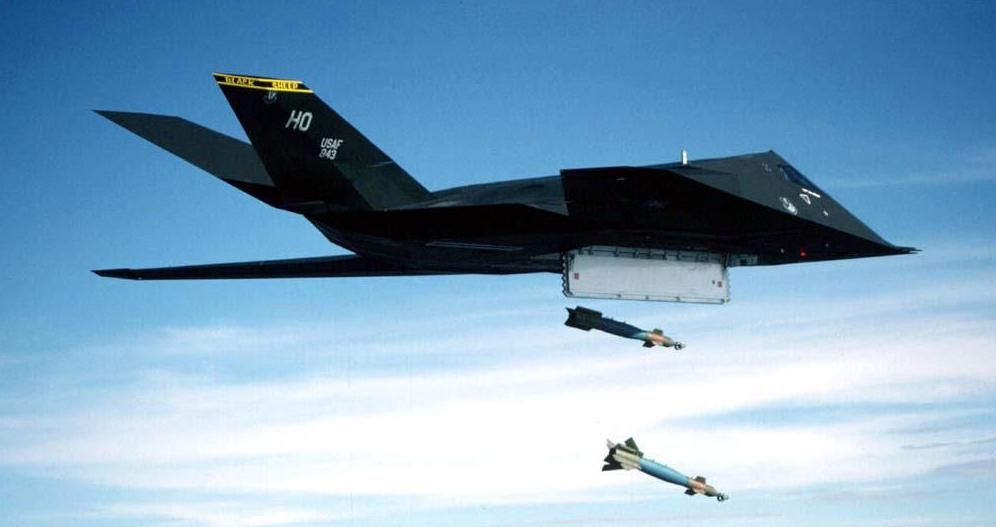
F-35 pilot explains how an F-117 was shot down in 1999
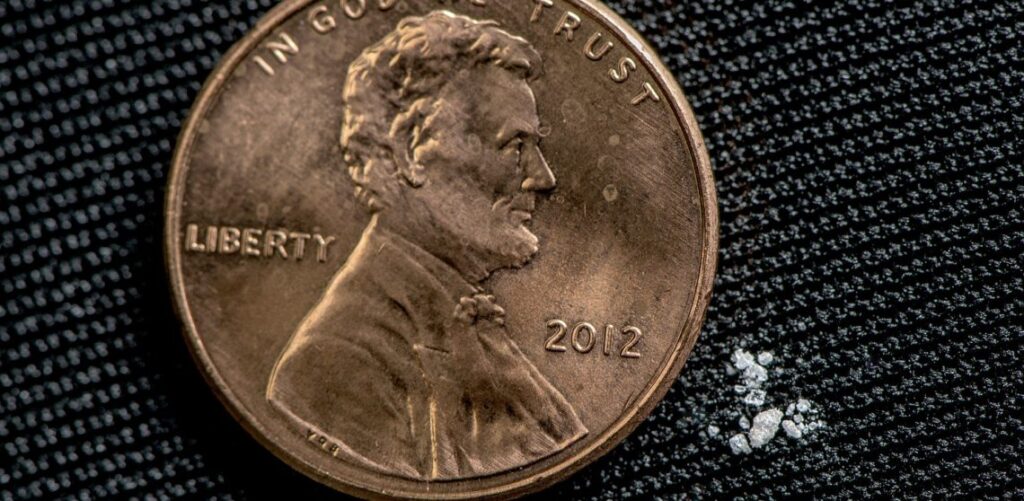
This is fentanyl, this is the end: From China with love
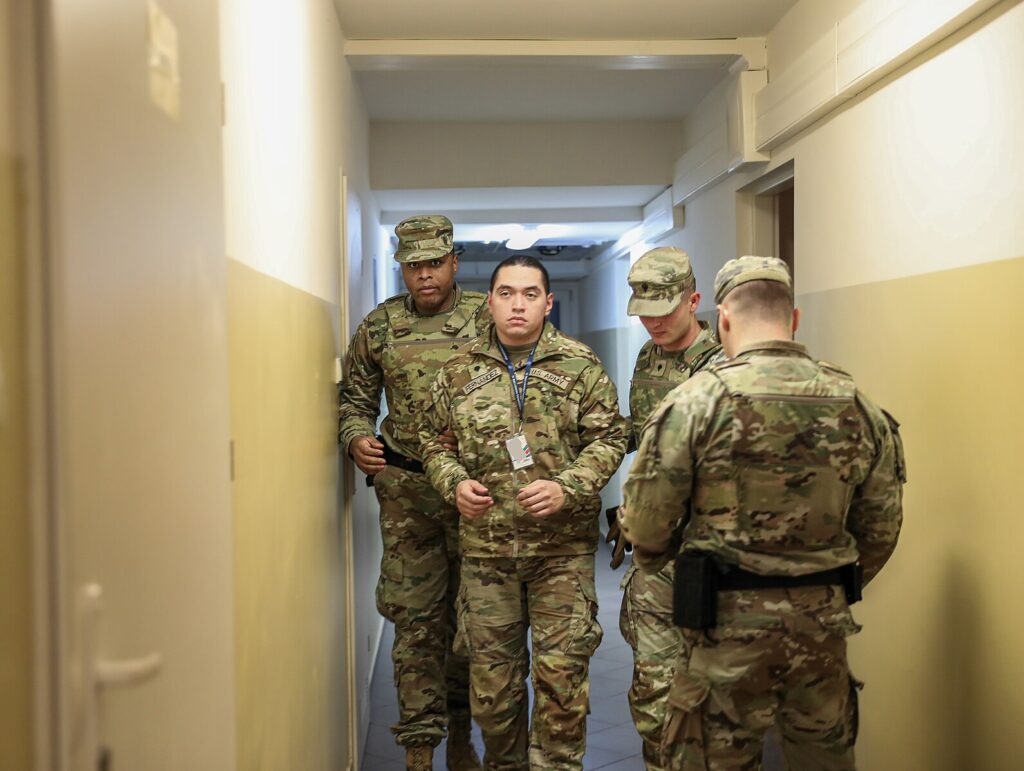
Being taken into secondary airport security interrogation while in a spec ops unit
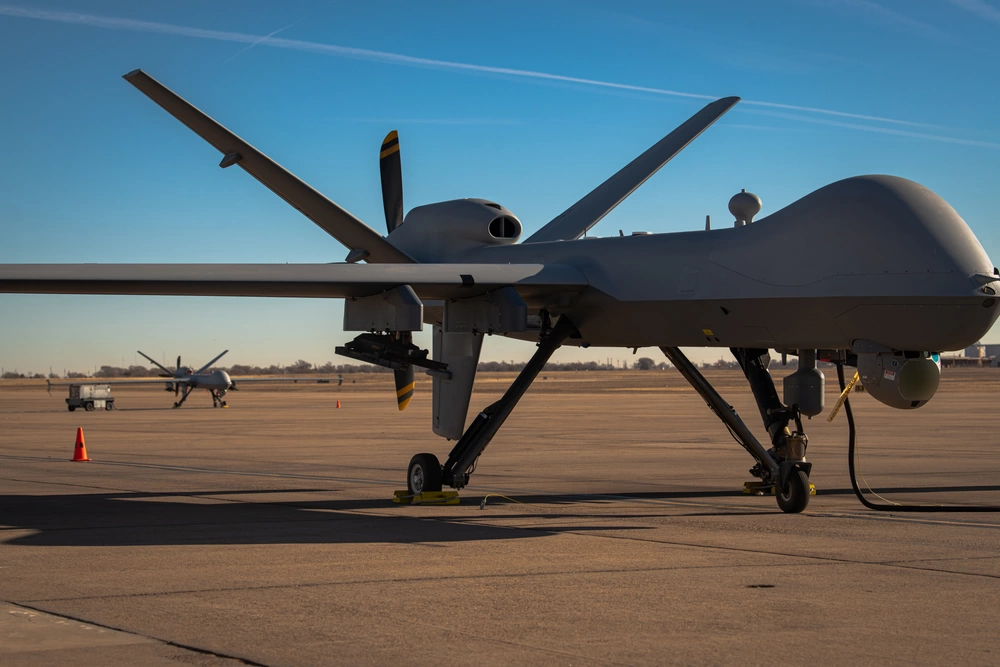
Air Force wants to transform the MQ-9 Reaper into a drone mothership for its special operators
Sandboxx News
-

‘Sandboxx News’ Trucker Cap
$27.00 Select options This product has multiple variants. The options may be chosen on the product page -
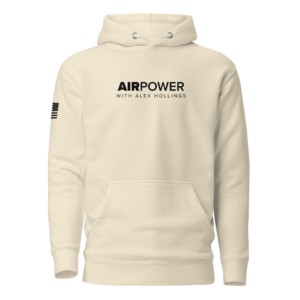
‘AirPower’ Classic Hoodie
$46.00 – $48.00Price range: $46.00 through $48.00 Select options This product has multiple variants. The options may be chosen on the product page -
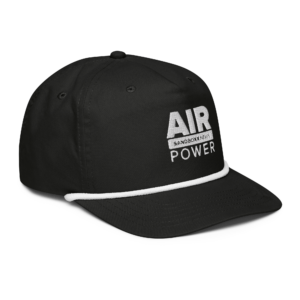
‘AirPower’ Golf Rope Hat
$31.00 Select options This product has multiple variants. The options may be chosen on the product page -
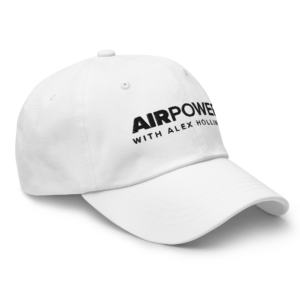
‘Sandboxx News’ Dad Hat
$27.00 Select options This product has multiple variants. The options may be chosen on the product page

